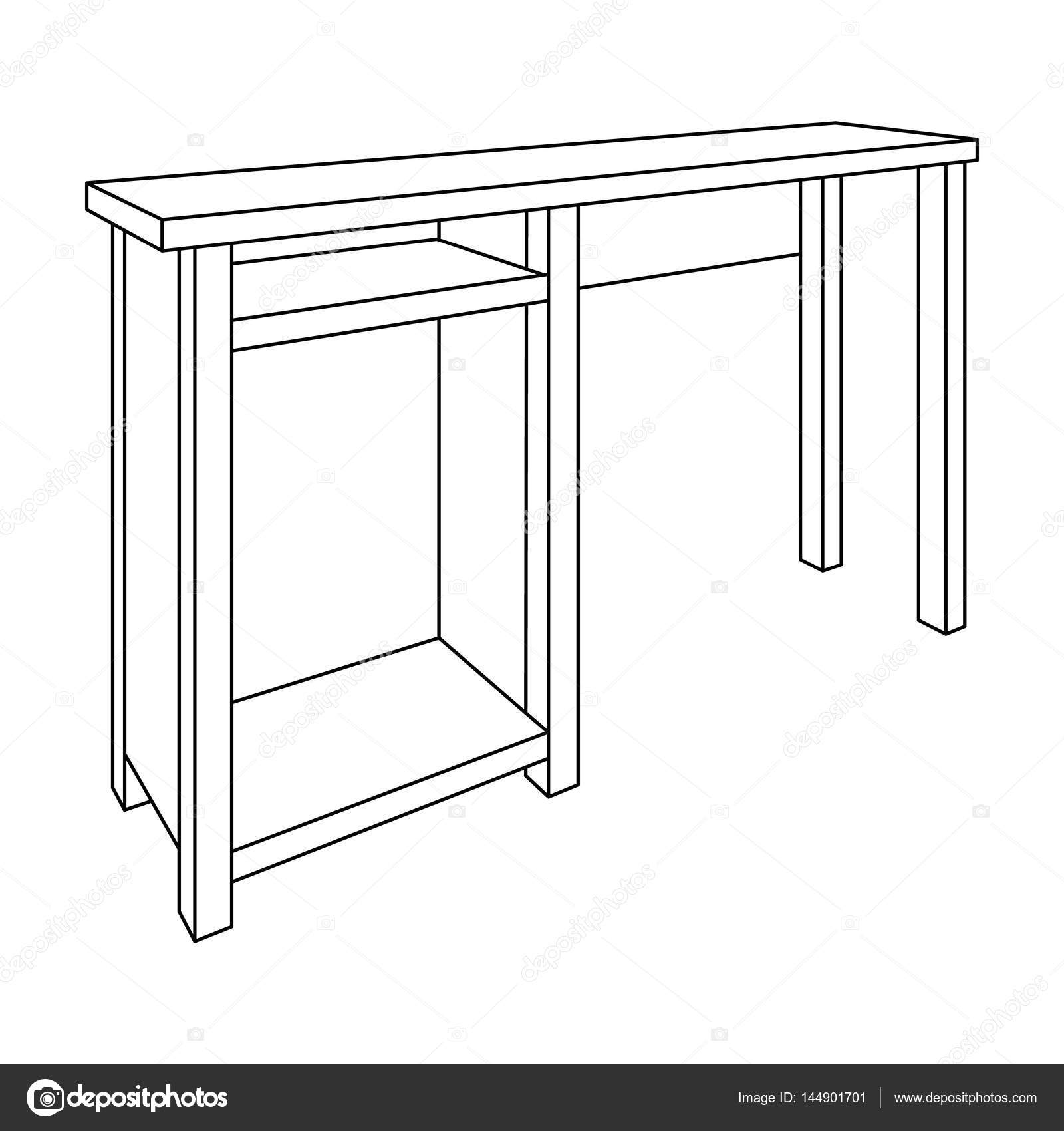Uncover The Mesmerizing Trip Of Restoring Antique Cabinets, Exposing Hidden Stories And Unlocking The Keys Of The Past
Uncover The Mesmerizing Trip Of Restoring Antique Cabinets, Exposing Hidden Stories And Unlocking The Keys Of The Past
Blog Article
Created By-Justice Lyons
To begin the journey of restoring antique cupboards, you require a keen eye for information. Picture discovering surprise tricks within each layer of history ingrained in the timber. Photo the satisfaction of reviving a once-forgotten piece to its former splendor. Every action of this thorough procedure holds the essential to maintaining the past while developing a future heirloom. So, are you ready to start this transformative venture and unlock the possibility of your antique cupboards?
Evaluating the Closet's Condition
When beginning the reconstruction procedure, start by examining the condition of the antique cupboard. Meticulously take a look at the general structure for any kind of indicators of damages such as cracks, chips, or loose joints. Examine the timber for any kind of rot, warping, or insect infestation that may have occurred with time. It's essential to establish the degree of the reconstruction required before continuing better.
Next off, evaluate Scandinavian style cabinets as hinges, handles, and locks. Make note of any kind of missing items or components that need repair or substitute. Make why not try these out that all hardware is working properly and securely connected to the cabinet.
Furthermore, examine the cabinet's coating. Look for any kind of scratches, spots, or staining that may influence the visual appeal. Identify if the finish needs to be removed and reapplied or if an easy touch-up will certainly be sufficient.
Collecting the Necessary Devices and Products
After examining the problem of the antique cupboard, the following step is to collect the essential devices and materials for the restoration process. Before you start, ensure you have the following things accessible:
- wood cleaner
- sandpaper in numerous grits
- wood filler
- paint or timber stain
- brushes
- gloves
- security goggles
- a dust mask
- a ground cloth
- a putty blade
- a hammer
- a screwdriver
- a vacuum cleaner
These tools and materials are essential for a successful reconstruction.
Wood cleaner is important for eliminating years of dust and crud build-up, preparing the surface for fining sand. Sandpaper of different grits assists in smoothing out imperfections and preparing the timber for a new finish. Wood filler comes in handy for repairing any type of splits, holes, or damages present in the cabinet.
Repaint or wood stain, along with brushes, enable you to customize the cabinet to your preference. Remember to put on gloves, security goggles, and a dirt mask for security. Put down a drop cloth to shield your workspace, and make use of a hoover to clean up any particles.
With these devices and products collected, you prepare to begin the restoration process.
Implementing the Repair Refine
To successfully implement the repair process on your antique cabinet, start by thoroughly cleaning up the surface area with the timber cleaner. This action is critical as it aids eliminate years of dirt, crud, and old gloss that might have built up on the surface.
Once the cabinet is clean and completely dry, examine the problem of the timber. Learn Even more Here for any cracks, scrapes, or other damages that require to be addressed. Usage wood filler to repair any type of imperfections, making certain to match the filler shade to the wood tone for a seamless coating.
After the fixings have dried out, carefully sand the whole surface area to produce a smooth and also base for the new coating. Be careful not to sand as well strongly, as you do not intend to damage the timber underneath.
When the sanding is complete, apply a wood discolor or complete of your choice, following the manufacturer's directions. Allow the coating to dry completely before applying a safety leading layer to guarantee the durability of your brought back antique cupboard.
Final thought
Now that you have actually completed the restoration procedure, your antique cabinet looks just as good as brand-new.
By complying with the step-by-step overview, you were able to evaluate, repair, and enhance its condition effortlessly.
With a fresh coating and protective leading coat, your cherished item will remain to beam for many years to find.
Enjoy the elegance of your restored antique cupboard!
